Transforming Magnolia Jane shrub into a tree. Info needed.
lovetogarden
5 years ago
Featured Answer
Sort by:Oldest
Comments (19)
cearbhaill (zone 6b Eastern Kentucky)
5 years agodbarron
5 years agoRelated Professionals
Marco Island Landscape Architects & Landscape Designers · White Oak Landscape Architects & Landscape Designers · Pelham Landscape Contractors · Wakefield Landscape Contractors · Broadlands Landscape Contractors · Canyon Lake Landscape Contractors · Marlborough Landscape Contractors · Placerville Landscape Contractors · West Haven Window Contractors · Lindenhurst Window Contractors · Boca Raton Landscape Contractors · Peoria Landscape Contractors · Stony Brook Landscape Contractors · Maplewood Landscape Contractors · West Palm Beach Decks, Patios & Outdoor Enclosuresken_adrian Adrian MI cold Z5
5 years agolovetogarden
5 years agolovetogarden
5 years agolast modified: 5 years agolovetogarden
5 years agolast modified: 5 years agoEmbothrium
5 years agolast modified: 5 years agolovetogarden
5 years agoEmbothrium
5 years agolast modified: 5 years agolovetogarden
5 years agolast modified: 5 years agoEmbothrium
5 years agolast modified: 5 years agoEmbothrium
5 years agolast modified: 5 years agolovetogarden
5 years agoenchantedrose
3 years ago
Related Stories
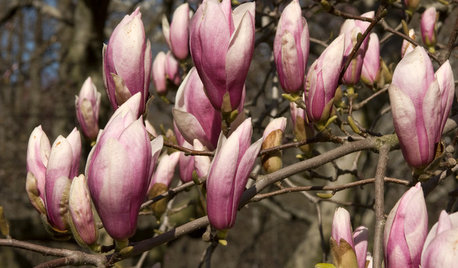
LANDSCAPE DESIGNGreat Design Plant: Saucer Magnolia
Witness its glorious spectacle in early spring, but this specimen tree brings other delightful visuals to a garden too
Full Story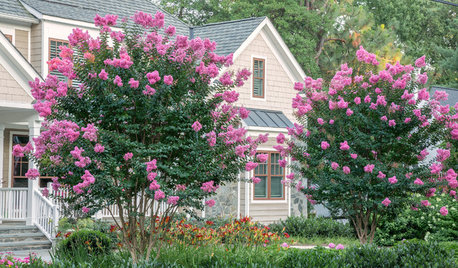
LANDSCAPE DESIGN10 Flowering Trees Landscape Architects and Designers Love
These blooming beauties make lovely additions to gardens — bringing color, fragrance and pollinators
Full Story
SIDE YARD IDEASNarrow Trees for Tight Garden Spaces
Boost interest in a side yard or another space-challenged area with the fragrance and color of these columnar trees
Full Story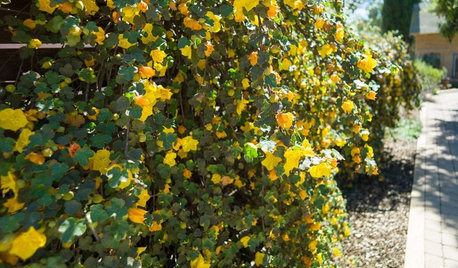
GARDENING GUIDESTidy Up Sprawling Native Shrubs With These Pruning Tips
Sound horticultural pruning methods work for native and nonnative plants alike
Full Story
GARDENING GUIDES5 Best-Behaved Trees to Grace a Patio
Big enough for shade but small enough for easy care, these amiable trees mind their manners in a modest outdoor space
Full Story
FALL GARDENING11 Trees for Brilliant Fall Color
Give your landscape the quintessential look of autumn with the red, orange and yellow leaves of these standouts
Full Story
BEFORE AND AFTERSSee 6 Yards Transformed by Losing Their Lawns
Wondering whether a turf lawn is the best use of your outdoor space? These homeowners did, and they found creative alternatives
Full Story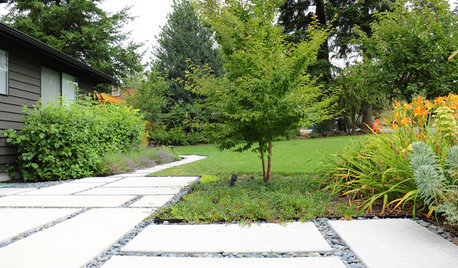
ARBOR DAY10 Trees Landscape Designers Love
In honor of Arbor Day, consider adding a beautiful and beneficial tree species favored by designers around the country
Full Story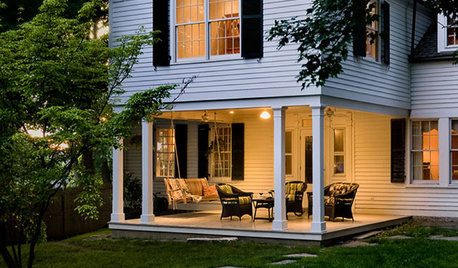
SELLING YOUR HOUSEThe Latest Info on Renovating Your Home to Sell
Pro advice about where to put your remodeling dollars for success in selling your home
Full Story
GARDENING GUIDESWhen and How to Plant a Tree, and Why You Should
Trees add beauty while benefiting the environment. Learn the right way to plant one
Full Story





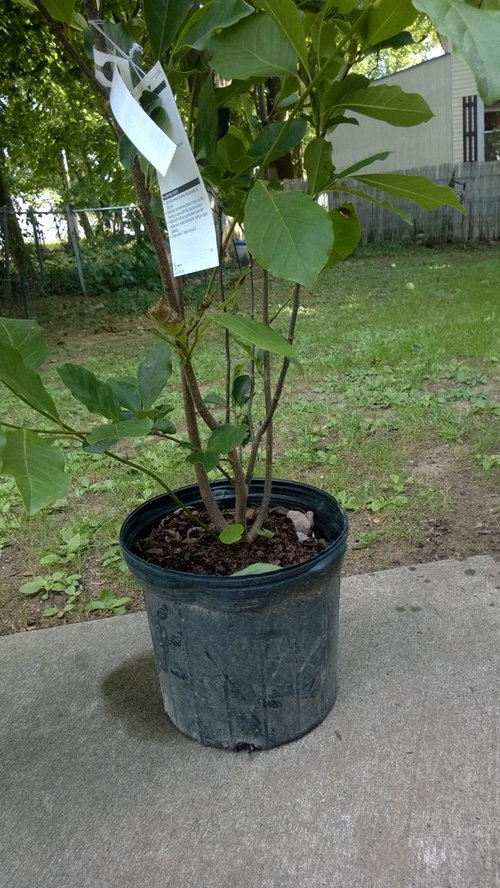

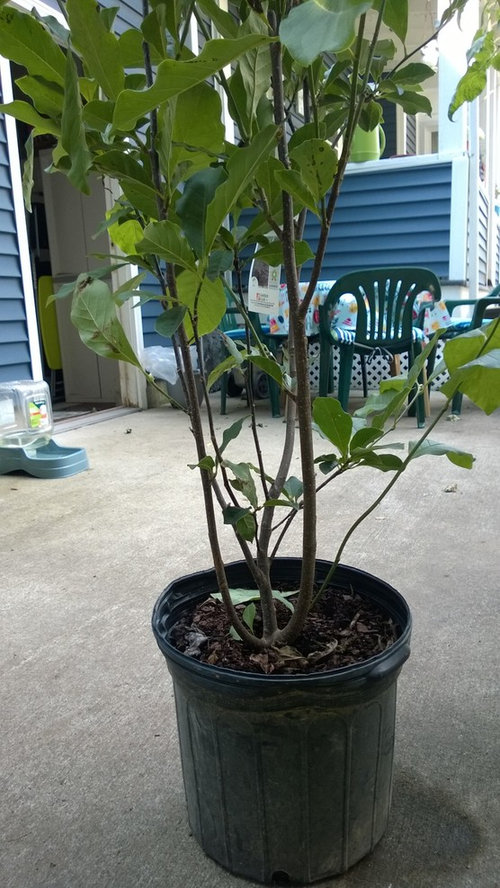
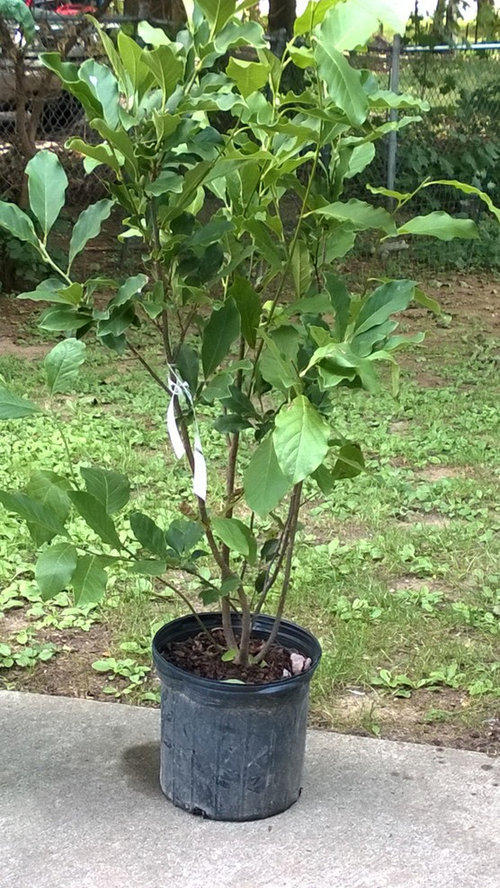
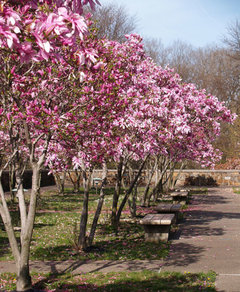
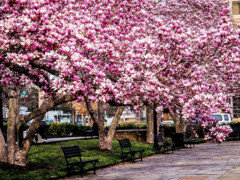
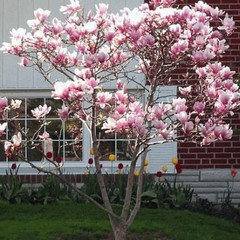
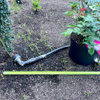
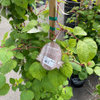
corkball (z9 FL)